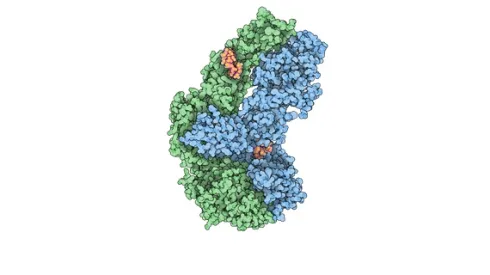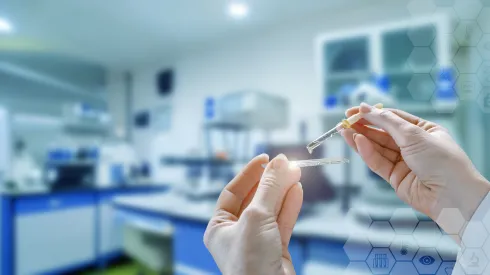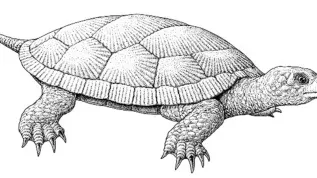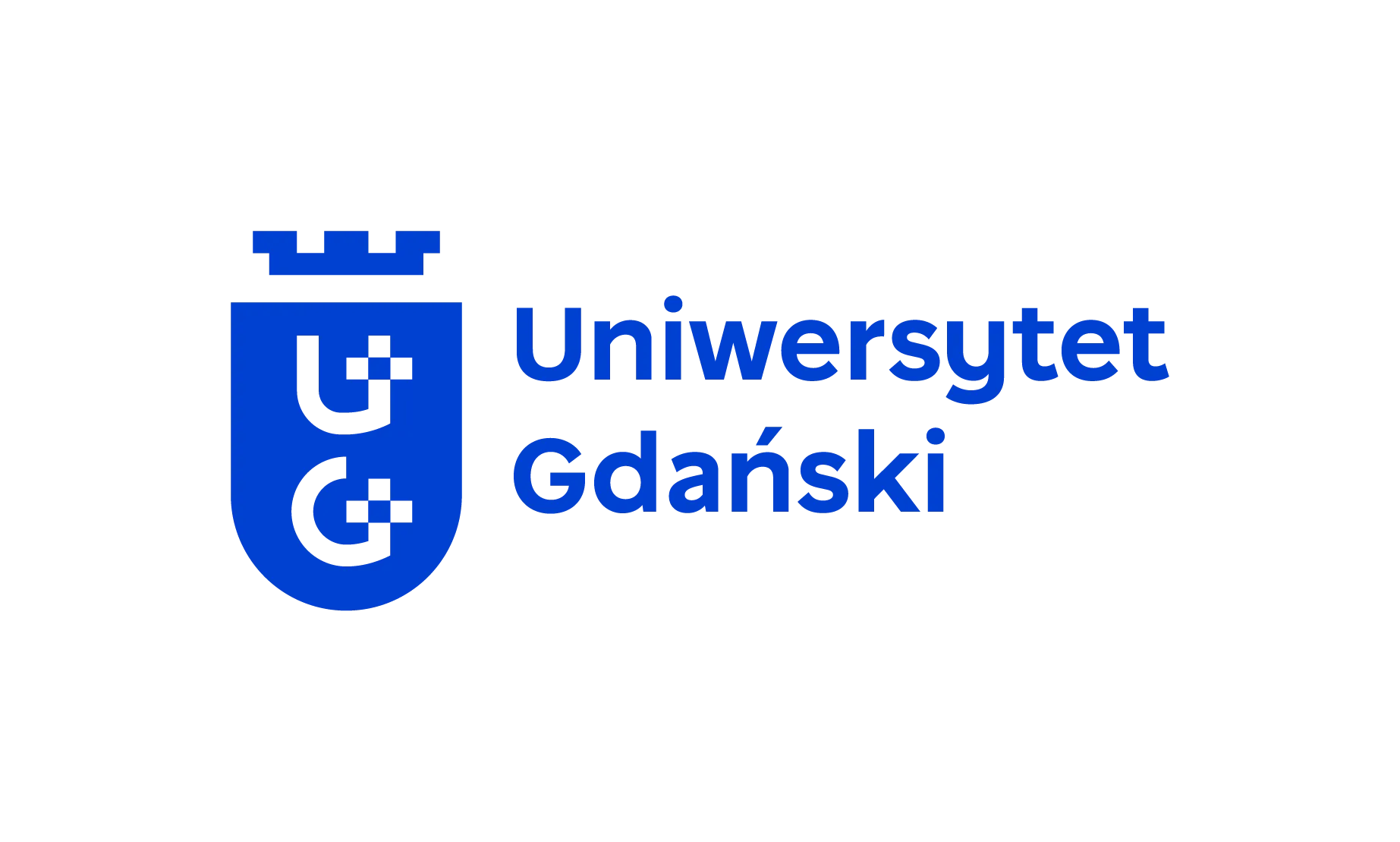
3D-printed neurotube to help regain mobility after injury
A 3D-printed structure that allows nerve cells to travel independently and form new connections, offering a potential advance in the repair of severed arm or leg nerves, has been developed by researchers from Poznań and collaborating centres.
-

Breakthrough study sheds light on enzyme trigger behind rheumatoid arthritis
Scientists at the Małopolska Centre of Biotechnology (MCB) say natural molecules found in the body may help explain a key process behind rheumatoid arthritis (RA).
-

Glowing infrared nanoparticles could improve drug tracking and medical imaging
Nanoparticles that continue to glow in infrared light after the light source is turned off could improve drug tracking in the body, physicists from Wrocław report.
-

Longer commutes to work may increase risk of miscarriage, Polish study shows
Women who spend longer daily commuting to work face a higher risk of miscarriage, suggesting that commute length may be a modifiable environmental factor influencing pregnancy loss, researchers from the University of Warsaw have found.
-

Wrocław scientists develop new non-evasive eye diagnostics technology
A new method for functional imaging of the human retina to improve the diagnosis of eye diseases, is being developed by scientists at the Wrocław University of Science and Technology.
-

Childhood trauma can affect breast milk composition and child's temperament, study finds
Trauma experienced by a woman in childhood can alter the composition of her breast milk and influence her child’s temperament, according to an international team of scientists from the Jagiellonian University.
-

University of Gdańsk gets European Patent for improved anti-inflammatory drug
Scientists from the University of Gdańsk have been granted a European Patent for a new form of the anti-inflammatory drug nimesulide, which features improved physicochemical properties that could enhance treatment effectiveness and reduce side effects.
-

Gen Z have poor sleep and depression because of late night Instagram use, study finds
A new study from the John Paul II Catholic University of Lublin has found that young social media users who delay bedtime without a rational reason, a behaviour known as sleep procrastination, experience poorer sleep quality and more symptoms of depression.
-

Scientists use ‘Ouzo Effect’ to create gold particles for skin glow cosmetics
Gold has become a prized ingredient in luxury skincare, often used in creams and serums for its brightening and protective qualities.
-

Polish and Chinese scientists create ‘breath sensor’ to detect early signs of lung cancer
A team of researchers from China and Poland has developed a new biosensor that can detect hexanal, a compound found at elevated levels in the breath of people with lung cancer, offering a potential tool for early, non-invasive diagnosis of the disease.













